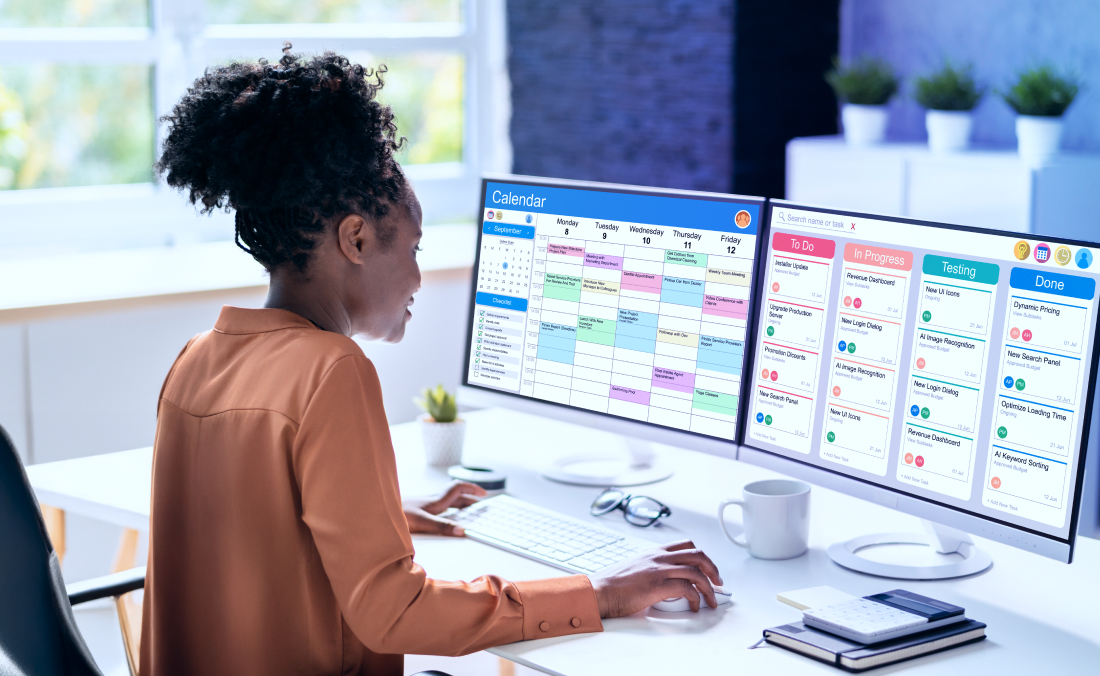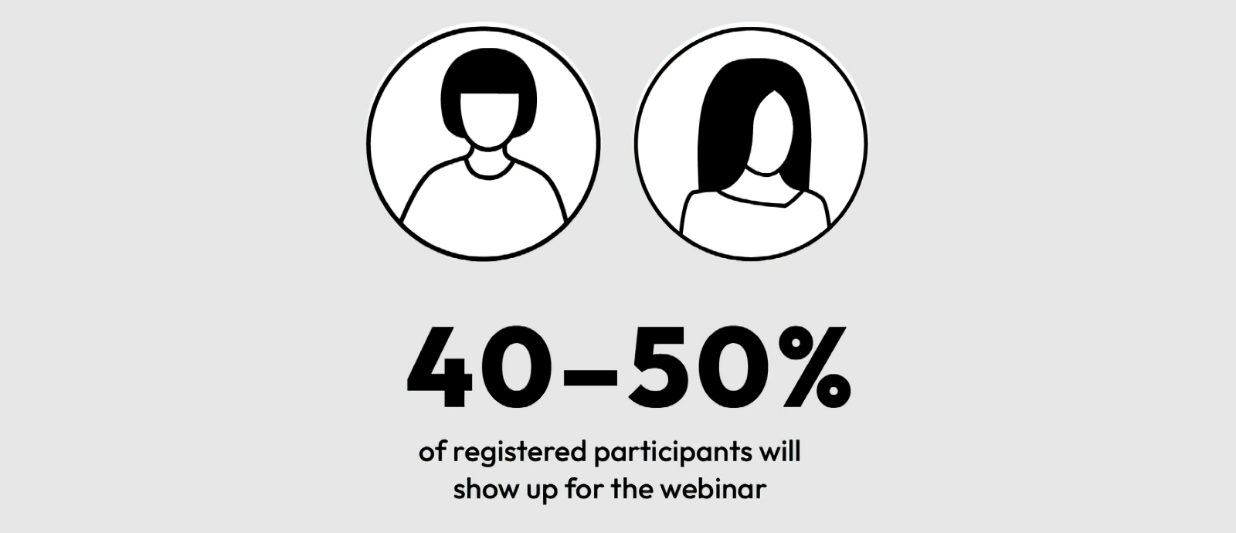In an ideal world, visitors to your website would make a purchase during their first interaction. However, consumers are skeptical and curious, and it usually takes time before they trust your company enough to make a purchase. Modern sales funnels are designed to create connections with potential customers, and nurture them step-by-step through the trust- building process. Sales funnels are a marriage of technology and marketing that automate list building and ultimately increase sales.
Depending on the product or service you’re marketing, there are many different types of sales funnels you can use to grow your business. In this guide, we’ll cover eight tried-and-true marketing funnel concepts. Testing different sales funnels can help you identify the best way to attract new customers for your business.
How A Sales Funnel Works
Imagine your company is introducing a new product and needs to acquire new customers. Since most people don’t purchase the first time they see a product, you need to map out a marketing funnel that will engage the company’s target audience.
Utilizing sales funnel software, marketers guide interested prospects through a series of steps or “funnel stages” that lead to a purchase. When new customers take time to read your sales letter, attend a webinar, opt-in to a registration page, or download a free template, they invest their attention in your business. With each engagement they become more committed to your brand. By the time your marketing funnel reveals your big pitch, they have warmed to your offer and are primed to buy.
Take the next step to grow your online
business with Kartra today
If you’re new to building sales funnels, here are a few key terms that will help you understand how they work:
Landing Page: Virtually all sales funnel traffic is directed to a landing page on a website. This is the page where people can opt in to your initial offer. A funnel landing page, often referred to as a squeeze page, is essentially a mini-sales page that is highly targeted and designed to promote a special offer. The most important elements of a landing page are persuasive copy and an attractive offer for your target audience.
Call-To-Action (CTA): This is the action you want your prospect to take. It might be registering for a webinar, purchasing a course, booking a phone call, or downloading a freebie resource.
Opt-In Form: The opt-in form is where a user enters their information in exchange for your offer (discount coupon, free trial, pdf download, webinar registration, etc.). It’s a crucial part of the sales funnel, and the simpler it is, the better. Opt-in forms have many types; they may be immediately visible on the landing page, or appear in popups when a user clicks a button or starts to leave the page.
Thank-You Page: Also called a confirmation page, users are directed here after they’ve opted in and entered your funnel.
Automated Email Sequence: Once a user opts into your funnel, they’re added to an email list. Then a series of automated emails nurtures the lead, working to build trust, promote your offerings, and persuade users to ultimately make a purchase.
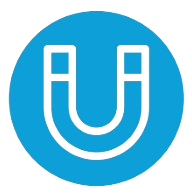
Lead Magnet Funnel
Lead magnet is a broad term that refers to any tangible resource given away in exchange for someone’s contact information (usually an email address).
Traffic is driven to a landing page where they can opt-in to receive the lead magnet. Once a user submits their email address, they receive an email containing the resource or are directed to a thank-you page where they can download it.
Commmon types of lead
magnets include:
![]() Templates
Templates
![]() Checklists
Checklists
![]() Whitepapers
Whitepapers
![]() eBooks
eBooks
![]() Case Studies
Case Studies
![]() Free Courses
Free Courses
This builds your email list, which allows you to follow up with additional information or offers to move leads further down your sales funnel.
A lead magnet funnel is effective for nearly every industry and is often combined with other offers. Every lead magnet must have two important qualities:
- Something your customer finds valuable – Lead magnets are usually free, which makes them successful with cold audiences; however, free doesn’t automatically equal appealing. Make sure you have a firm grasp on your customers’ needs and provide an offer that solves a specific problem or answers a unique question. The more targeted the lead magnet topic is, the more effective it will be at attracting relevant prospects.
- Something related to the final product or service you’re selling – A lead magnet is only the first step in the funnel, so make sure that the next step is a logical progression. For example, if your end goal is for a homeowner to hire you as a realtor, don’t offer a generic “Home Improvement Checklist.” People who are looking for ideas to improve their home may not necessarily be interested in selling it in the next six months. On the other hand, a person who downloads a guide detailing “How to Sell Your Home for 30% Over Asking Price In Reno” is far more likely to be looking for realtor services in your network.
If either of these criteria isn’t met, the lead generation funnel is likely to have a poor conversion rate.
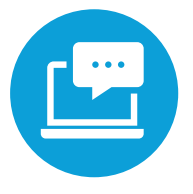
Webinar Funnel
Webinars are one of the highest converting forms of digital content marketing, with approximately 40% of webinar audiences converting to leads. However, while the conversion rate for attendees is high, the attendance rate is typically only 40 to 50%.

40-50%
of registered participants will
show up for the webinar
Webinars are often one-time events that people sign up for days or weeks in advance. If you don’t have an effective process for sending email reminders leading up to the day, registrants may forget about the webinar and fail to show up.
Webinars can be either live or pre-recorded, and may also be repurposed for on-demand viewing in an automated funnel sequence. Webinar funnels are especially effective for sharing information that is visual, interactive, or complex, such as:
• Financial data
• Software demonstrations
• Industry trends
• New product demonstrations
• Marketing strategies
The long-form nature of a webinar compels your audience to invest a significant block of time and attention in your business, leading to a thorough understanding of your offer and a stronger commitment to your brand.
The value of a webinar funnel becomes apparent when you follow-up with attendees after the event. Many people who sign up for the webinar will not attend; and among attendees, most people won’t buy your service or product during the webinar. You’ve invested a lot of time and money into creating the webinar and generating leads through advertising. A webinar funnel streamlines the process of capitalizing on those leads.
With a webinar funnel, your company can continue to follow up with attendees after the event, nurturing them through the sales process until they are ready to purchase. For non-attendees, you can offer an automated series of emails that repurposes the webinar content into shorter segments for easy viewing. An effective webinar funnel ensures that a higher percentage of attendees will see your content, connect with your brand, and purchase your product.

Free Trial Funnel
If you’re a SaaS company, a free trial funnel is a popular and necessary marketing tactic for growing your user base. The free trial gives users access to your software so they can experience its features and eventually convert to paying customers.
As soon as a user registers for the free trial, they are entered into a sales funnel that works to build a relationship, encouraging the potential customer to spend time using the product. Ideally, your funnel should help users learn about available features during the trial period, so they will be enthusiastic about becoming paying customers at the end of the trial.
Like other funnels, the free trial funnel can identify and nurture the “true evaluators” who are most likely to convert. Testing helps to create a profile of converted users, which can be used to attract more true evaluators for a higher conversion rate. Ideally, a free trial sales funnel will incorporate the following tests:
- Length of trial: Run several A/B tests to determine which length of trial converts best (7-day, 14-day, or 30-day).
- Features: Test which features you make available to trial users until you find the right combination. Will you give them access to the full suite, or just a handful of tools?
- Payment Information: Should payment information be required for the free trial? Some companies have found greater success by requiring a credit card.
Free trial funnels are also effective for memberships, online courses, and subscription-based
services.
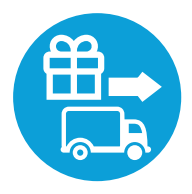
Free + Shipping Funnel
This funnel offers a low-cost product, sample, or service as a way to generate leads. Even though the free-plus-shipping funnel requires a purchase, it’s not typically intended to create profits. This type of funnel is used to entice potential customers to join a mailing list or try a product with an offer that is too good to refuse.
The most popular free-plus-shipping offer is a “free” book. Customers are drawn in by the offer of a free book, but pay an amount for shipping and handling that often includes the cost of the book.
Free samples are another popular offer. Ecommerce companies like Brickell, a popular men’s skincare brand, use the free-plus-shipping funnel to sell their skincare products. Customers receive a pack of free samples by agreeing to pay or shipping.
With all free-plus-shipping offers, customers are added to the sales funnel to nurture a relationship that will convert them to profitable, paying customers in the future.
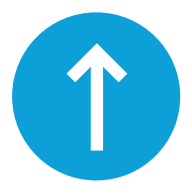
Upsell Funnel
If a customer has decided to purchase a single product from you, they’re more likely to purchase additional items. This is where the upsell funnel comes into play. Once a potential customer has the product in their cart, the upsell funnel offers them a product upgrade, add-on, or related products they may also like.
Upsell funnels have been critical to the success of ecommerce giants like Amazon and Wayfair. With an upsell funnel, customers are sent to a squeeze page immediately after they make a purchase. The squeeze page shows them additional (or related) products in order to gain an add-on sale. If they decide against buying more products, some funnels take them to a downsell page offering those same products at a highly-discounted price.
Three Popular Upsell Funnel Ideas:

Quantity discount: Offer more of the same product for a better price; for example, a larger package of the same food item.

More features: Offer an upgraded version of the same product, like extra functionality for SaaS, or additional support for web service business.

Discount subscription: For items people purchase on a regular basis, offer a discount when the customer subscribes to regular delivery.
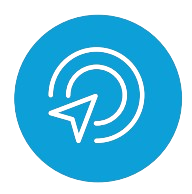
Tripwire Funnel
The tripwire funnel is one of the most common funnels. It starts with a low-cost offer on a landing page. When a user commits to the offer, they are taken to a second landing page with an upsell of another product or service.
This is a limited-time offer designed to increase sales through scarcity (i.e., buy now or it’s gone!). The final step is a checkout page, after which the user gets access to the products they have purchased.
The tripwire funnel contains elements of both the upsell funnel and the free + shipping funnel. Just like a free + shipping funnel, the initial offer in a tripwire funnel is created expressly for marketing a higher value item later on. Plus, it opens the door with a more accessible offer in the same way as an upsell funnel.
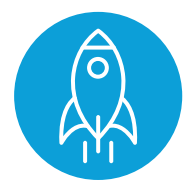
Product Launch Funnel
If you’re launching a new product or service, chances are you’re heavily promoting it on social media or through email marketing to your existing customers and subscribers.
Product launch funnels can work in several ways, but typically have two parts: The pre-sale and the launch. Most product launch funnels use limited-time, pre-sale offers to build their marketing list and boost sales on launch day.
During the pre-sale period, potential customers sign up for your notification email list in exchange for receiving a special discount when the product launches. List members receive promotional messages related to the new product to build excitement and curiosity. Some businesses offer pre-sale discounts that let customers buy at a reduced rate before the product is available to the general public.
Once the product launches, customers receive emails driving them to the sales page where they can finally purchase the product.
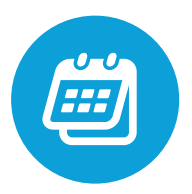
Appointment Funnel
If you’re a service-based company like a real estate agent, accountant, lawyer, or consultant, a free appointment funnel is a great way to generate leads for your business.
Appointment funnels are rather straightforward. For example, a real estate agent will promote new listings on their social media. Audiences who click the link are taken to a landing page that asks for information like zip code, desired house size, and price range. This information helps the real estate agent know which homes to show the potential customer.
Once they’ve filled out the online form, potential clients are directed to a page with a calendar where they can register for a showing appointment.
Business professionals and consultants may also offer an appointment for a free consultation. Once a prospect has opted-in for an appointment, a
Start Building Your Sales Funnel Today
Ready to start building your sales funnels? With Kartra’s all-in-one marketing platform, you’ll have access to all the different pillars of a sales funnel: funnel mapping, landing pages, opt-in forms, checkout, email automation, lead tagging, memberships, metrics and more—plus funnel simulation to project the potential results of your funnel! Everything you need to build advanced sales funnels is already interconnected within our ecosystem. Visualize your funnel with our funnel mapper, profit from our plug-and play campaigns, or use our sequence builder to create your own unique sales funnel campaigns.
“Kartra does everything Kajabi and [ClickFunnels] combined does plus more, at a better price. I switched from using Kajabi + Active Campaign + ConvertriScheduleOnce to just using Kartra for it all – and haven’t looked back!”
-Paul Juchima, Kartra
User
Take the next step to grow your online
business with Kartra today
About Kartra
This blog is brought to you by Kartra, the all-in-one online business platform that gives you every essential marketing and sales tool you need to grow your business profitably – from sales pages and product carts to membership sites, help desks, affiliate management and more. To learn how you can quickly and easily leverage Kartra to boost your bottom-line, please visit kartra.com.

